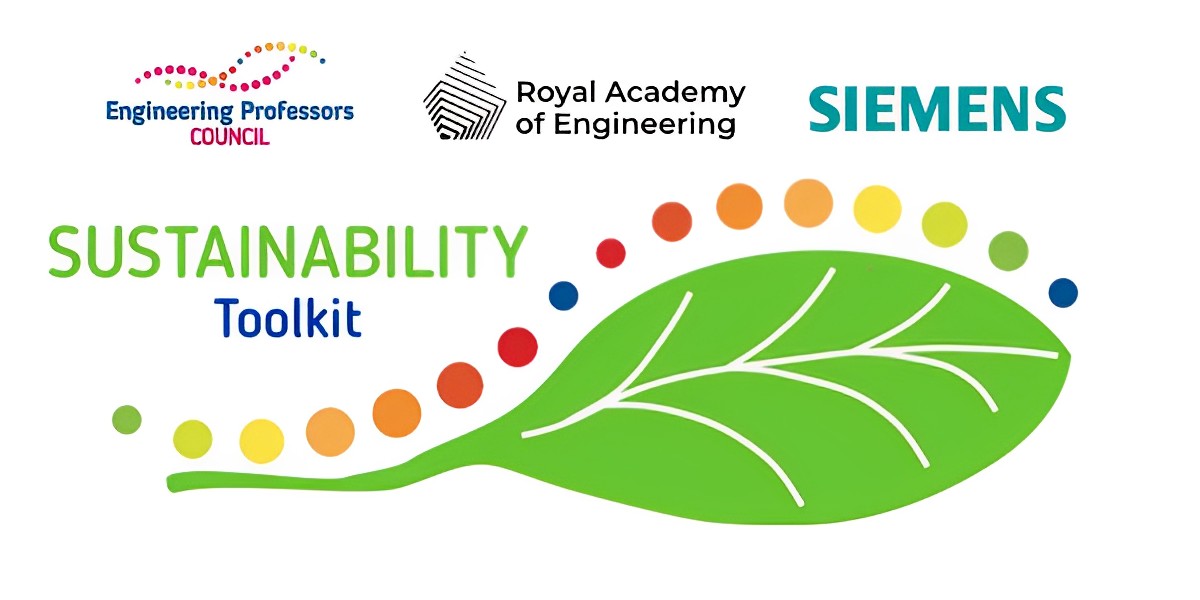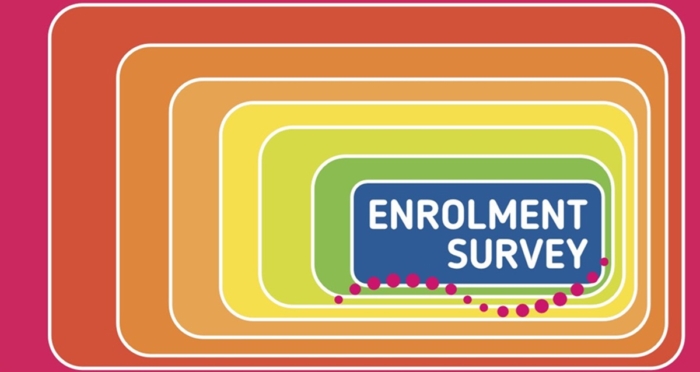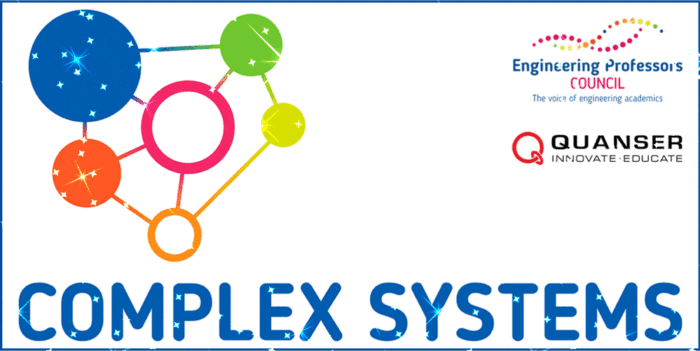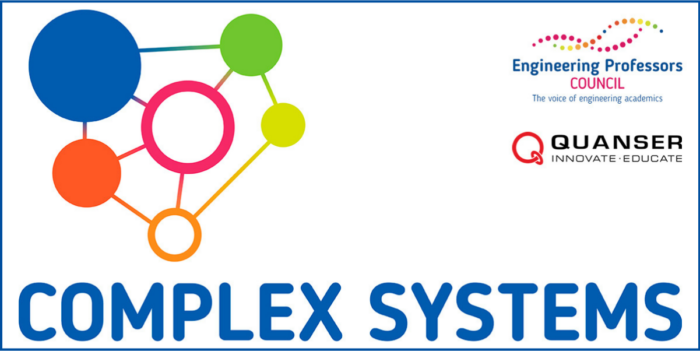The Sustainability Toolkit Steering Group seeks contributors to develop teaching tools such as case studies, project briefs and technical tools. These tools should explain pedagogies and teaching methods through resources (e.g. case studies, project briefs, and technical tools) that provide examples of the ways that sustainability issues can be embedded within technical problems and engineering practice. Through these tools, we aim to help upskill UK engineering educators so that they feel capable of and confident in integrating sustainability into their engineering teaching. Section A provides details about submitting a case study, Section B provides details about submitting a project brief, Section C provides details about submitting a technical tool.
SECTION A
Step 1: Read the guidance for submitting a case study
Guidance #1: Research Guidance #2: Overview Guidance #3: Authenticity Guidance #4: Complexity of issue Guidance #5: Activities and resourcesGuidance #6: Educational levelGuidance #7: Format
Research
You may develop the case in any way you see fit, but you should mimic the length, style, and tone of existing case studies found in the EPC’s Ethics Toolkit (scroll to the bottom of this page to view the subset of case studies from the EPC’s Ethics Toolkit which feature themes related to sustainability). While sustainability cases may not have the same learning outcomes as ethics cases, the format and approach should be similar. Remember that the audience for these case studies is educators seeking to embed sustainability within their engineering teaching.
You may find the current research on good practice in writing case studies to be helpful as you develop your case. The Recipe for Creating an Ethics Case Study provides guidance that could be applied to sustainability cases. Please click here to download the guidance for sustainability cases.
Overview
The case study should be presented as a narrative about a sustainability issue in engineering. This issue should allow educators to address large-scale concerns (the SDGs and/or social, regulatory, economic, or environmental concerns) as well as small-scale concerns (individual issues such as personal choices, daily practice, relationships, etc.). Additionally, there should be enough emphasis on the engineering part of the case so that technical material could be introduced. Further ideas for case study topics could include approaches for maintaining / mending rather than new products, e.g. right to repair, up-to-date case studies from industry, understanding the sustainability implications within educational practice (e.g. 3D printing, cloud use, energy, whiteboards), etc.
Ideally, sustainability cases should provide an opportunity for students to develop one or more competencies that experts agree are essential for demonstrating sustainability knowledge, skills, and attributes. AdvanceHE’s Education for Sustainable Development Guidance and Engineers Without Borders – UK’s Global Responsibility Competency Compass both describe relevant competencies that could be included as learning outcomes or aims in a sustainability case.
Authenticity
Case studies are most effective when they feel like they are realistic, with characters that you can identify or empathise with, and with situations that do not feel fake or staged. Giving characters names and backgrounds, including emotional responses, and referencing real-life experiences help to increase authenticity.
Complexity of issue
Many cases are either overly complicated so that they become overwhelming, or so straightforward that they can be “solved” quickly. A good strategy is to try to develop multiple dimensions of a case, but not too many that it becomes unwieldy. Additionally, complexity can be added through different parts of the case so that instructors can choose a simpler or more complicated version depending on what they need in their educational context.
Activities and resources
You should provide a variety of suggestions for activities to engage learners as well as resources to both help educators prepare and to enhance students’ learning.
Educational level
When writing your case study, you should consider which level it is aimed at. A Beginner-level case is aimed at learners who have not had much experience in engaging with complex sustainability topics, and usually focuses on only one or two dimensions of a dilemma. An Advanced-level case is aimed at learners who have had previous practice in engaging with sustainability issues, and often addresses multiple levels of complexity. An Intermediate case is somewhere in between.
Format
The case study should follow the following format:
- Learning and teaching notes: This is an overview of the case and its dilemma, and how it relates to AHEP’s themes.
- Learning and teaching resources: You should provide a list of reliable, authoritative open-source online resources that relate to the case and its issue(s). These can be from a variety of sources, such as academic institutions, journals, news websites, business, and so on. We suggest a minimum of five sources that help to provide context to the case and its issues. You may want to flag up certain resources as suggested pre-reading for certain parts of the case, if you feel that this will enrich the learning experience.
- Summary: This sets out the case’s initial situation and characters.
- Issue – Part one: This elaborates on the case and provides a dilemma for the character.
- Questions and activities: This is where you provide suggestions for discussions and activities related to the case and the dilemma.
- Further issues: Some case studies are sufficiently complex at one dilemma, but if the case requires it you can provide further parts (up to a maximum of three).
- Further questions and activities: After each part, you should provide further suggestions for discussions and activities related to the case and the issues.
- If possible, suggest assessment opportunities for activities within the case, such as marking rubrics or example answers.
Step 2: Before you submit, review this checklist:
- Is there a strong narrative to the case?
- Can the topic be addressed at both a large and small scale?
- Are there places where technical topics could be integrated?
- Does the case have authentic characters and situations?
- Is there a clear dilemma in the case?
- Does the case provide enough complexity to challenge users, but not so much that people might avoid engaging with it?
- Are there sufficient activities and resources suggested?
- Before you submit your contribution, have you registered as a contributor? If not, please register your interest here.
Step 3: Submitting your case study
To ensure that everyone can use and adapt the Toolkit resources in a way that best fits their teaching or purpose, this work will be licensed under a Creative Commons Attribution-ShareAlike 4.0 International License. Under this licence users are free to share and adapt this material, under terms that they must give appropriate credit and attribution to the original material and indicate if any changes are made.
Case studies should be submitted in Word file format (.doc / .docx). Any corresponding images should be submitted in either (.jpeg, .jpg or .png)
You may download a PDF version of the guidelines (as outlined in Step 1) here.
Please submit your case study via the following button:
SECTION B
Step 1: Read the guidance for submitting a project brief
Guidance #1: Overview
Guidance for project briefs will be added in due course. Please check back soon. If you have any additional questions please contact s.hitt@epc.ac.uk or c.nwagboso@epc.ac.uk.
Step 2: Before you submit, review this checklist:
- A checklist for project briefs will be added in due course. Please check back soon. If you have any additional questions please contact s.hitt@epc.ac.uk or c.nwagboso@epc.ac.uk.
- Before you submit your contribution, have you registered as a contributor? If not, please register your interest here.
Step 3: Submitting your project brief
To ensure that everyone can use and adapt the Toolkit resources in a way that best fits their teaching or purpose, this work will be licensed under a Creative Commons Attribution-ShareAlike 4.0 International License. Under this licence users are free to share and adapt this material, under terms that they must give appropriate credit and attribution to the original material and indicate if any changes are made.
Project brief’s should be submitted in Word file format (.doc / .docx). Any corresponding images should be submitted in either (.jpeg, .jpg or .png)
Please submit your project brief via the following button:
SECTION C
Step 1: Read the guidance for submitting a technical tool
Guidance #1: Overview Guidance #2: Research
Overview:
An array of technical tools has been developed to support more sustainable engineering practices. These include:
- Life cycle assessments or analysis (LCA) (e.g. single use plastics or health care packaging),
- Life cycle inventory,
- Embodied carbon calculators and assessments,
- Sustainability assessment tools.
We are seeking examples of open-source technical tools that have been effectively integrated into engineering teaching explained through a lesson plan or guide for use.
Research:
The scientific and mathematical calculations that underpin engineering also offer an opportunity to integrate sustainability issues. Micro-insertion is a technique that introduces sustainability concerns into technical problems by providing context for what is already being taught. Most widely known as an approach for integrating ethics into engineering, we are seeking examples of micro-insertions of sustainability into common technical problems found in:
- Chemical engineering,
- Computing,
- Mechanical engineering,
- Civil engineering,
- Electrical engineering,
- General engineering modules
Step 2: Before you submit, review this checklist:
- A checklist for technical tools will be added in due course. Please check back soon. If you have any additional questions please contact s.hitt@epc.ac.uk or c.nwagboso@epc.ac.uk.
- Before you submit your contribution, have you registered as a contributor? If not, please register your interest here.
Step 3: Submitting your technical tool
To ensure that everyone can use and adapt the Toolkit resources in a way that best fits their teaching or purpose, this work will be licensed under a Creative Commons Attribution-ShareAlike 4.0 International License. Under this licence users are free to share and adapt this material, under terms that they must give appropriate credit and attribution to the original material and indicate if any changes are made.
Technical tools should be submitted in Word file format (.doc / .docx / .csv / .xlsx). Any corresponding images should be submitted in either (.jpeg, .jpg or .png)
You may download a PDF version of the guidelines (as outlined in Step 1) here.
Please submit your technical tool via the following button:






